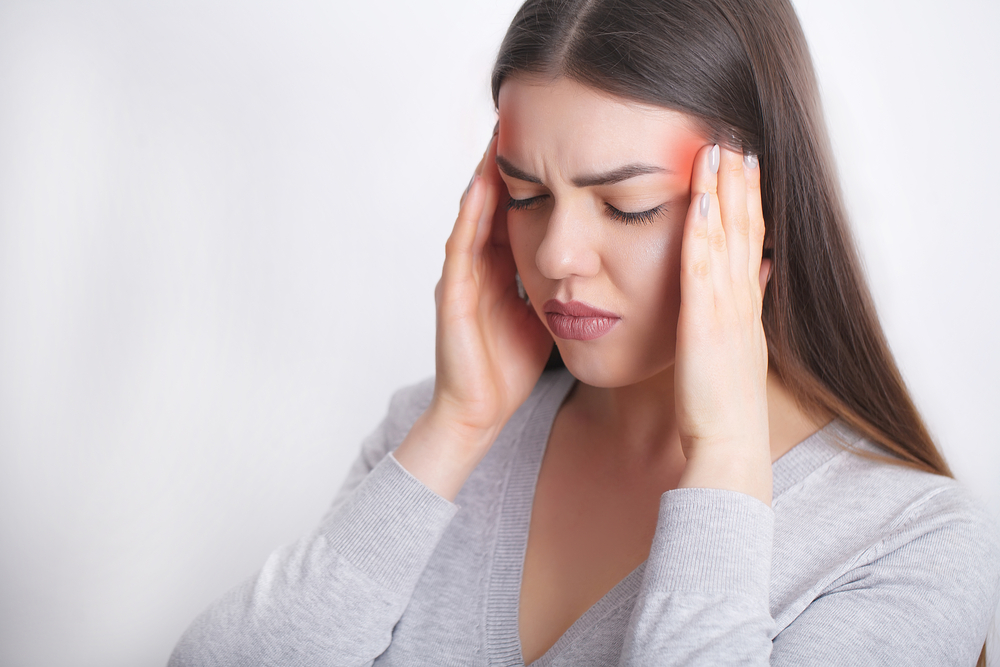
Migraine attacks are bothersome. Anyone having this symptom often tries to find treatments that can stop migraine attacks or make them occur less frequently.
Just as there are different types of migraines, there are also different types of migraine treatments.
To help determine the best treatment for your migraine, it’s best to start with a migraine journal. Keep a diary of every migraine attack you have and it’s accompanying symptoms. This will enable your doctor to make an accurate diagnosis. Your pain pattern will also help the doctor identify which treatments might work for you.
The following goals of migraine control were listed by the U.S Headache Consortium as follows:
The following are medications for acute symptom relief; however they are only sold with a doctor’s prescription
These are also available with a doctor’s prescription
Below are over-the-counter medications for acute symptoms relief. They can be sold without a prescription
These natural remedies are non-pharmaceutical and may be in the form of vitamins, minerals, plant extracts and other naturally occurring substances
Treatments that don’t belong to conventional medical practices are termed as alternative medicine. They are complementary when these methods are used in addition to traditional medicine.
They consist of the following:
Natural remedies, such as herbal treatments, vitamins, minerals, and other supplements
Manipulative and body-based practices, such as massage therapy and chiropractic spinal manipulation
Mind-body medicine, such as meditation, acupuncture, yoga, hypnotherapy and tai chi
As always, your own migraine specialist is the best source of advice for your migraine. The facts in this article are delivered only for informational purposes. You should check out first with your physician before starting a medication regimen. Various treatments listed here are not approved by the Food and Drug Administration for managing migraines. But these methods may be used in treating other illnesses and they have also been shown to be effective in some studies. Yet again, this information should not be considered as substitute for medical advice.
-Medical Observer
Overweight and obesity are defined as abnormal or excessive fat accumulation that presents a risk to health. A body mass […]
Around 27 million Filipino adults are overweight or obese, according to the latest National Nutrition Survey conducted by the Food […]
Advances in scientific and technological knowledge have provided unprecedented advantages in terms of immeasurable convenience in our daily living, lightning-fast […]